One of the first things we do when we start designing a site (whether for a building, parking lot, or green space) is determine if there are wetlands on the property. If we think there might be, we hire a wetlands consultant to tell us exactly where the wetlands are and what kind they are.
Why? Well, it’s the law. But we’re doing more than just meeting a legal requirement. We’re trying to ensure that the wetlands in our state are preserved so they can continue serving valuable functions for wildlife and humans.
The Vermont Wetlands Program recognizes 10 functions and values for wetlands:
Wildlife Habitat
Fish Habitat
Recreation and Economics
Open Space and Aesthetics
Storm and Flood Water Storage
Endangered and Rare Species
Exemplary Communities
Education and Research
Erosion Control
Water Quality Protection
We will tackle each of these functions over the next several weeks, but the short version is this: wetlands are valuable not only in ecological terms, but also in economic terms. They save our buildings and communities from flood damage and mitigate the flood damage we do get. They filter water before it gets to our rivers and wells. They provide habitat for animals and plants, and draw tourists to the state.
So how can you tell if you have a wetland on your property? The Wildlife Program has a great guide for landowners. You want to look for three things: water, wetland plants, and wetland soil. If there’s a wet, marshy spot or a pond or just a spot where trees and plants often fall over, you might have a wetland. If there are cattails, sedges, or other wetland plants, or if trees have shallow roots, you might have a wetland. If you dig a hole and it fills with water, or if the soil is especially dark or streaked with red, or smells like rotten eggs, you might have a wetland.
The only way to know for sure, though, is to contact a wetland scientist.
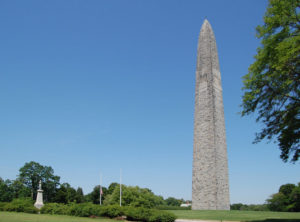


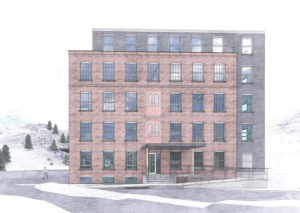 Check out Vermont Business Magazine’s recent article
Check out Vermont Business Magazine’s recent article 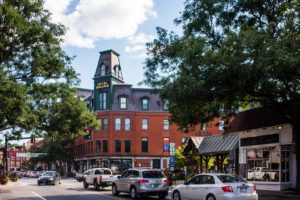
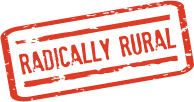

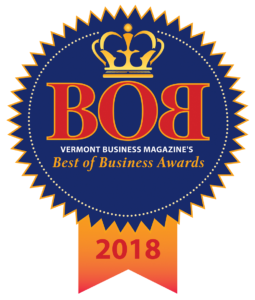
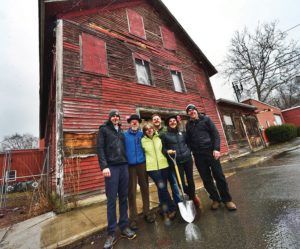

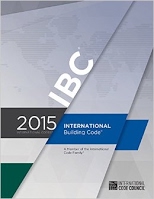

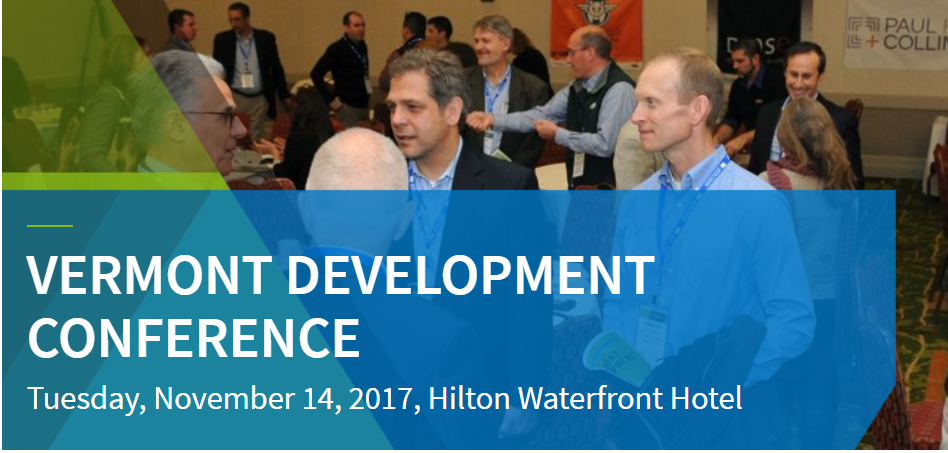



 ceived her A.B. in Mathematics and Biology from Bryn Mawr College and a J.D. from the University of Pennsylvania Law School. In New York City, she honed her skills as a litigator for nearly a decade at a large national firm where she worked on high-stakes complex civil cases, specializing in patent litigation. Since moving to Vermont, Gabby has worked for local non-profit organizations as a Real Estate & Environmental Compliance Manager and Director of Finance & Administration. She currently lives in Guilford, where she is a member of the Select Board. Gabby is excited to apply her knowledge and experience with project management & permitting, budgetary controls, contracts & corporate documents, grant management, and legal relationships to her projects at Stevens & Associates and for M&S Development.
ceived her A.B. in Mathematics and Biology from Bryn Mawr College and a J.D. from the University of Pennsylvania Law School. In New York City, she honed her skills as a litigator for nearly a decade at a large national firm where she worked on high-stakes complex civil cases, specializing in patent litigation. Since moving to Vermont, Gabby has worked for local non-profit organizations as a Real Estate & Environmental Compliance Manager and Director of Finance & Administration. She currently lives in Guilford, where she is a member of the Select Board. Gabby is excited to apply her knowledge and experience with project management & permitting, budgetary controls, contracts & corporate documents, grant management, and legal relationships to her projects at Stevens & Associates and for M&S Development.